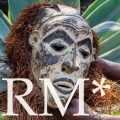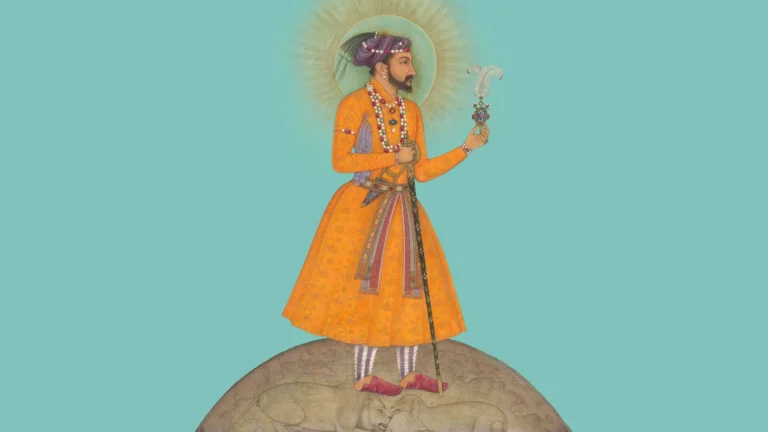Museum labels are not progressive enough. They do not tackle political realities, colonial histories and systemic oppression with sufficient rigour. This is my heartfelt view. It is also one that contradicts many of my fellow critics.
Luke visited the Victoria and Albert Museum in London’s exhibition The Great Mughals: Art, Architecture and Opulence before it closed on 5 May. Visually it was spectacular. The quality of objects, the breadth of loans, the design and pacing through the gallery were exemplary.
But it was only partly a great show. As Archishman Sarker (art historian, Ashoka University in Sonipat, India), wrote: “The continued privileging of opulence—isolated from the complex political, intellectual, and religious histories that undergird it—risks reiterating the very colonial imaginaries that museums now claim to be interrogating.”
The Indian-born, British-based artist Sutapa Biswas wrote in an Instagram post that the exhibition was exquisite and important but a missed opportunity. She described the difficult balance to be struck in reflecting the “overwhelming ‘beauty’ of art and artefacts” while “recognising the complexity of these difficult and often violent histories”.
In a reaction on Ben Luke’s piece, Baroness Thangam Debbonaire writes:
- Labels for these and thousands of other objects in museums and exhibitions I love, are inadequate at best, partial, misleading, vague about the historical and cultural context, lacking information about provenance that might explain why they are where they are now and how that happened.
- Books of exhibitions are often just as bad – the “Asian Bronzes” exhibition last year in Rijksmuseum being a recent frustrating example. I’ve got plenty more in my ruminating memory.


